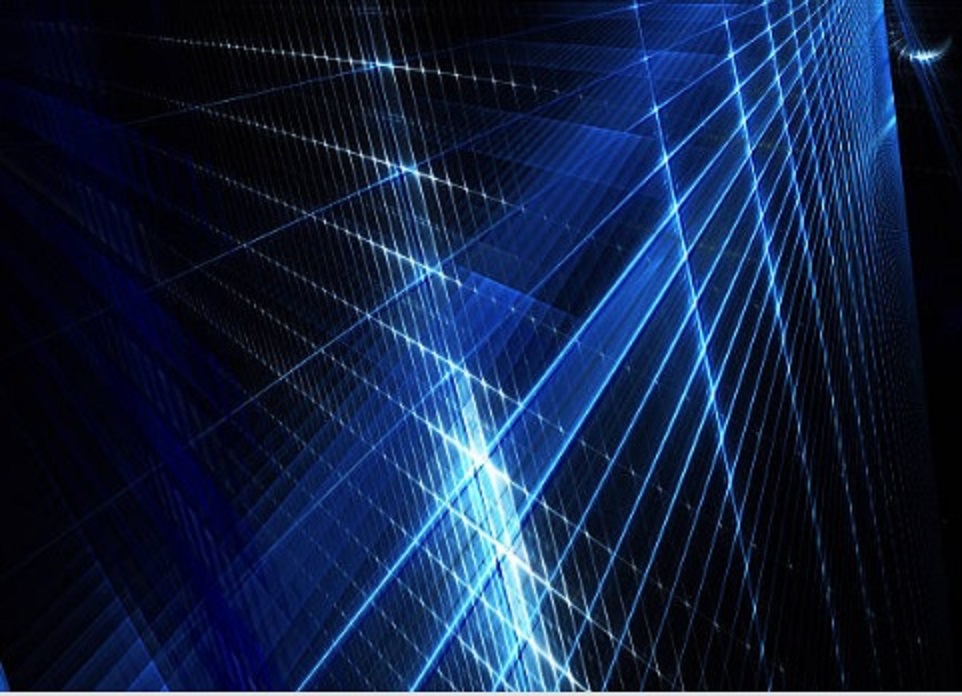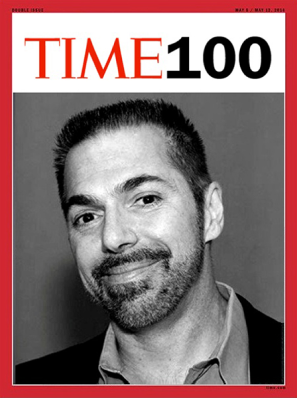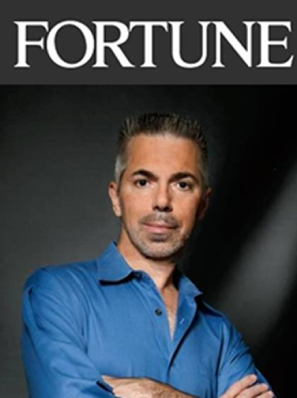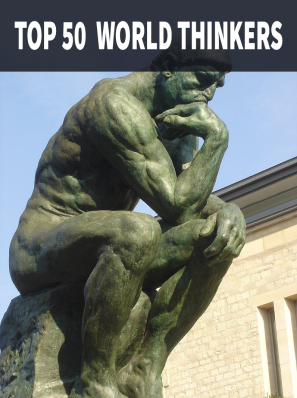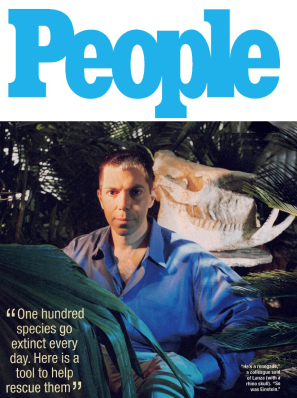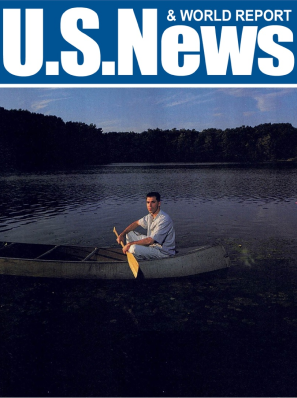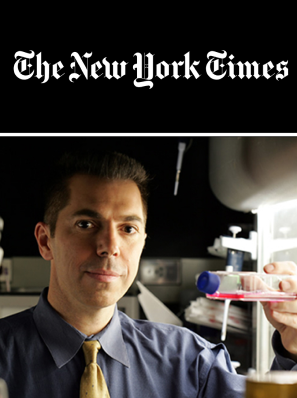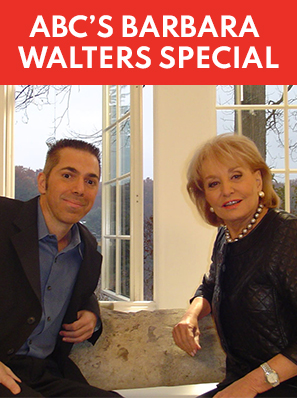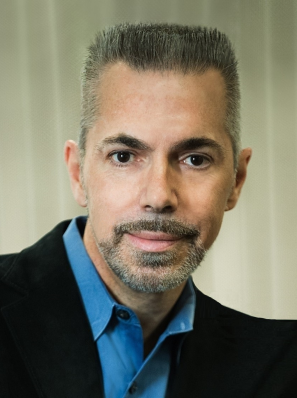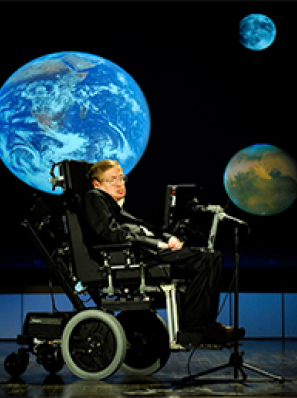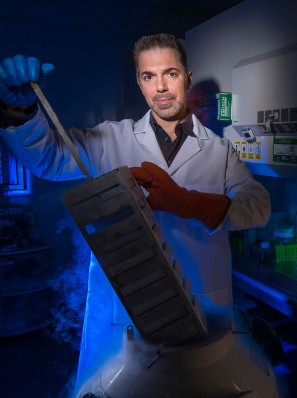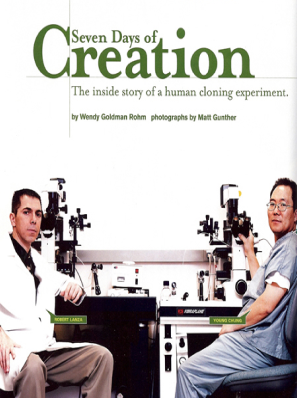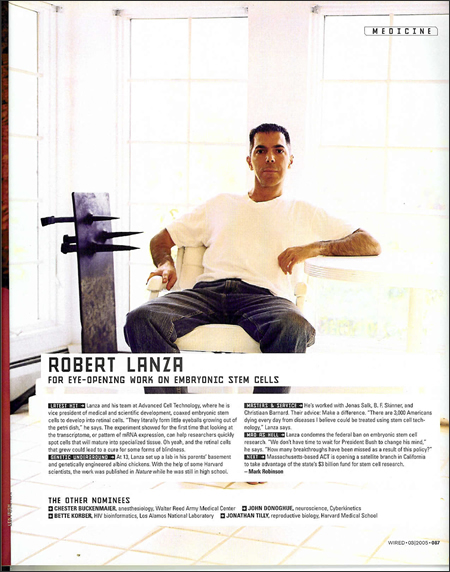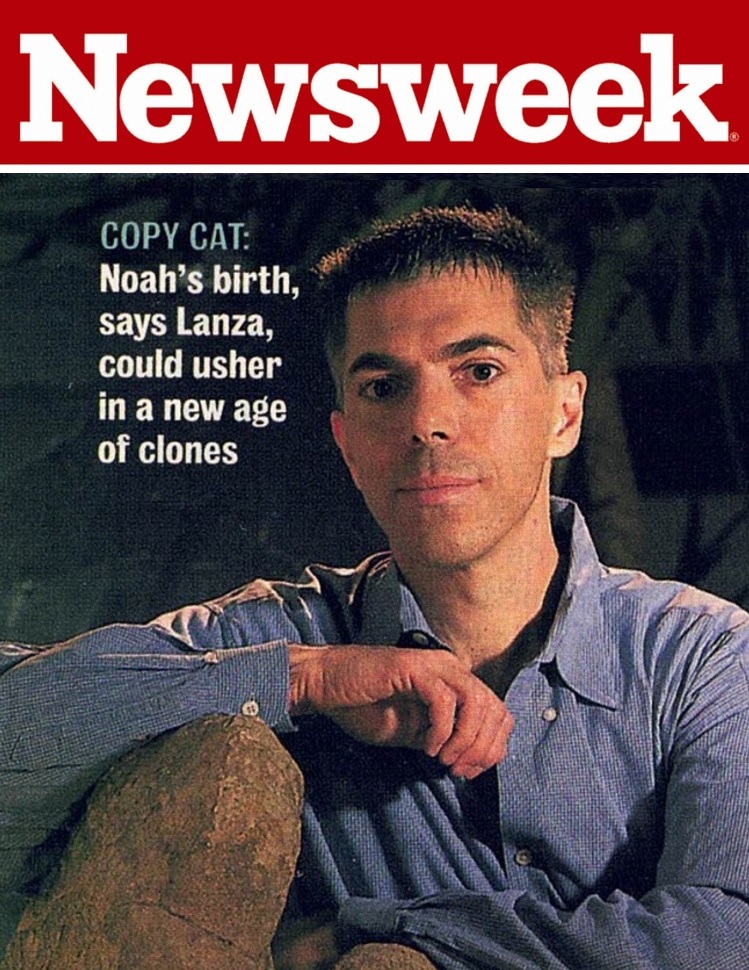What if life isn’t just a part of the universe… what if it determines the very structure of the universe itself?
For thousands of years we’ve looked to the sky and gods for answers. We landed on the moon—and even flung a piece of metal outside the solar system. But despite the development of super-proton-antiproton-synchrotrons, and now, superconducting-supercolliders that contain enough niobium-titanium wire to circle the earth sixteen times, we have no more of an understanding of why we exist than the first thinkers of civilized consciousness. Where did it all come from? Why are we here?
The answer lies deeper. It involves our very selves
We’re like Dorothy in “The Wizard of Oz,” who went on a long journey in search of the Wizard to get back home, only to find the answer was inside her all along. The farther we peer into space, the more we realize that the secret of life and existence can’t be found by inspecting spiral galaxies or watching distant supernovas. It lies deeper. It involves our very selves.
Biocentrism shows that if life and consciousness are really central to everything else, then countless puzzling anomalies in science enjoy immediate clarification. It’s not just bizarre laboratory results like the famous “double slit experiment” that make no sense unless the observer’s presence is intimately intertwined with the results. On an everyday level, hundreds of physical constants are “set in stone” at precisely the values that allow life to exist. This could merely be an astounding coincidence. But the simplest explanation is that the laws and conditions of the universe allow for the observer because the observer generates them. Duh!
The new book The Grand Biocentric Design recounts the history of astounding physics discoveries that all lead inexorably to the bizarre but reality-shaking conclusion that the basic structure of the cosmos—things like space and time and the way matter holds together—requires observers. The rise of quantum theory challenged the idea that an external world exists independent of the perceiving subject. As Niels Bohr, the great Nobel physicist, said “we’re not measuring the world; we’re creating it.”
Indeed, hints of the biocentric nature of the universe have been made by some of the greatest scientists in modern physics, including Werner Heisenberg, Nobel laureate and founder of quantum mechanics itself, who said, “Contemporary science, today more than at any previous time, has been forced by nature herself to pose again the old question of the possibility of comprehending reality by mental processes, and to answer it in a slightly different way.” In fact, Eugene Wigner (Nobel Prize 1963), another of the twentieth century’s greatest physicists, stated that “The very study of the external world [leads] to the conclusion that the content of consciousness is an ultimate reality.”
The cosmos is not senseless
What if Bohr, Heisenberg and Wigner are all right, and the newly published science discussed in The Grand Biocentric Design is merely the start of serious investigations that ultimately make biocentrism the global standard model of how the universe works. Say it becomes the accepted scientific reality, the worldview that accounts for how people regard the cosmos and their place in it. What would that really mean?
First and foremost, it would mean that the fundamental ground state of the universe is not empty space, nor dumb, randomly colliding particles. Instead, that view would be replaced with the knowledge that the basis of the universe is conscious life. Which itself, though not spelt out in so many words, is infused with exquisite underlying intelligence. In other words, this would mean that the cosmos is not senseless, and if this isn’t good news, what is?
Say goodbye to the Lonely-Hearts Club
It would also mean that the supposed yawning endless emptiness of the cosmos is not real. I’m guessing you will happily accept this development, too. Who among us is attached to nothingness?
So: the Lonely Hearts Club aspect of the cosmos vanishes. And the big bang, that classical-science “explanation” for the genesis of everything, reverts to a hollow, meaningless oddity, a non-clarification—maybe not such a surprise, since the notion of everything arising mysteriously from “nothing” never seemed like a thesis any teacher would award with a passing grade.
Loren Eiseley, the great naturalist, once said that scientists “have not always been able to see that an old theory, given a hairsbreadth twist, might open an entirely new vista to the human reason.” Cosmic evolution turns out to be the perfect case of this. Amazingly, it all makes sense if you assume that the big bang is the end of the chain of physical causality, not the beginning. The observer is the first cause, the vital force that collapses not only the present, but the cascade of spatiotemporal events we call the past. Stephen Hawking was right when he said: “The past, like the future, is indefinite and exists only as a spectrum of possibilities.”
The “no death” card
Next, “mind” or “consciousness” becomes the essence or matrix of the cosmos, which, again, means that life is central to everything. Talk about “beginnings” loses all urgency, since time never existed outside of consciousness to begin with.
Speaking of which, if consciousness is everywhere and never discontinuous, then there’s no death to experience. Sure, that dead dog in the road isn’t going to get back up and again put his muddy paws on your pants. But in terms of awareness, you have never not experienced consciousness and its myriad sense impressions, nor will this parade ever cease. You can count on this. So, biocentrism has handed you the “no death” card—it’s unlikely you’ll ever want to trade it in again for something else. If you’re bummed out by the fact that your experiences may not always be witnessed through your present eyes in your present body, well, you get what you pay for.
Peace of mind and the allure of future possibilities
As a further bonus, once you’ve truly understood that all experiences occur strictly in the mind, so that the blue skies and pretty flowers you see are not physically apart from you “out there,” the ensuing sense of oneness often produces a profound peace and serenity. Whether “peace of mind” is something you’ve personally coveted or not, many attest that it is a worthy goal.
Finally, of course, there is the alluring dance of future possibilities. With time and space firmly recognized as being “internal” properties of your own perceptions, biocentric technological developments may well allow travel through time, in ways that would be impossible if those dimensions were true external barriers.
But above and beyond all this, acceptance of biocentrism would give us not only a worldview that unites us all more intimately than could be achieved by any government program, but a scientific model that—incorporating the centuries of hard-won breakthroughs—at last makes sense.
Lanza’s new book “The Grand Biocentric Design” lays out his theory of everything.
